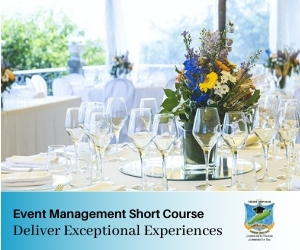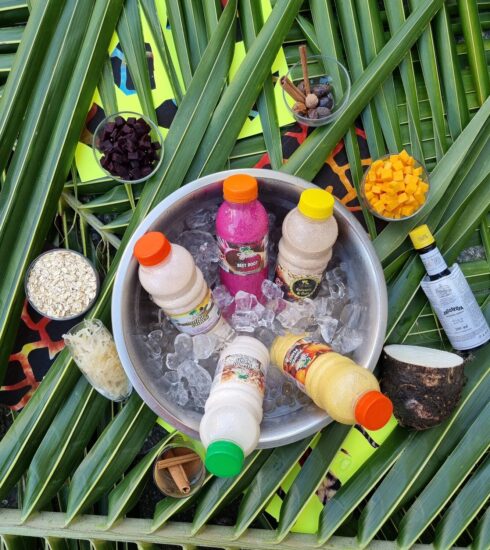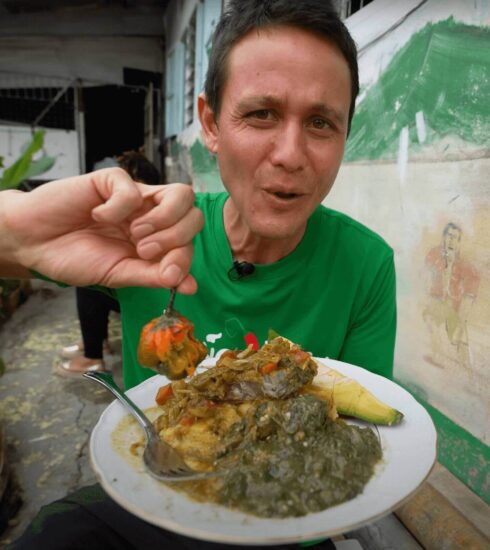A Story In Every Pot
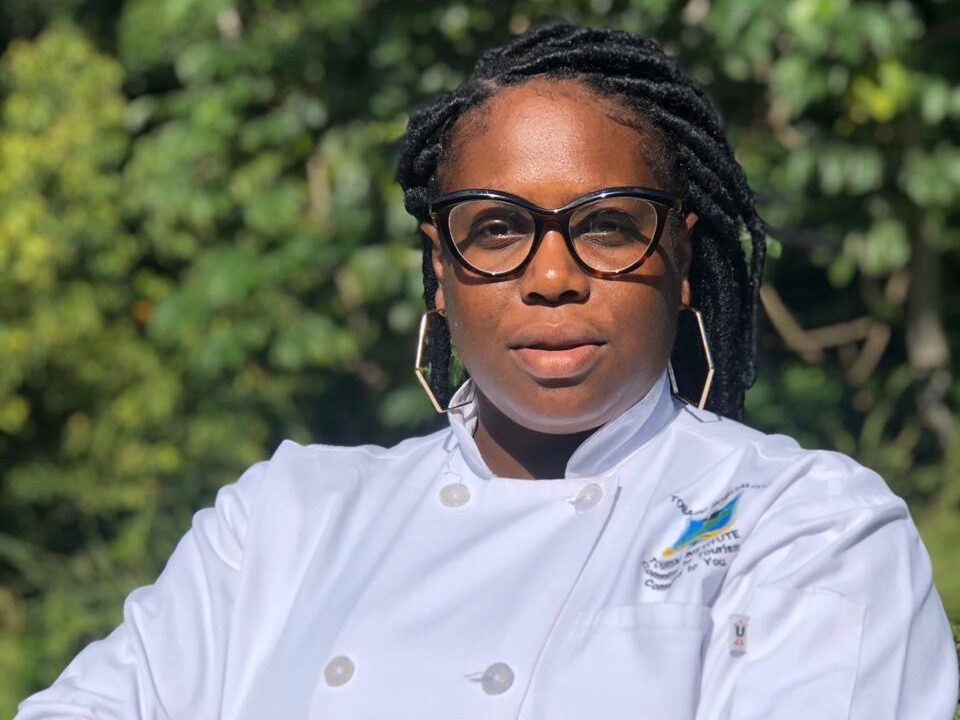
In the depths of a blackened iron pot on the flaming fire, a story of skills, spices, herbs, and heritage emerge to let you know that creole food is Caribbean food. The tradition of cooking creole goes back over a hundred years when food was scarce, and colonial masters infused European cooking with dishes of enslaved Africans. Yet, despite its dark background, the influence of West African and European flavours uniquely created a comforting and satisfying food in South and North America and the West Indies.
Creole food can be complex depending on the region, ranging from rich and earthy to sweet and spicy flavours. In Tobago, you will find creole cooking somewhat different from our American and other Caribbean counterparts. The fertile soil and the copious abundance of provisions, vegetables, seasonings and herbs add that extra touch of flavour. However, Caribbean people have transformed these traditions to create a tempting array of dishes to suit a doubting palate.
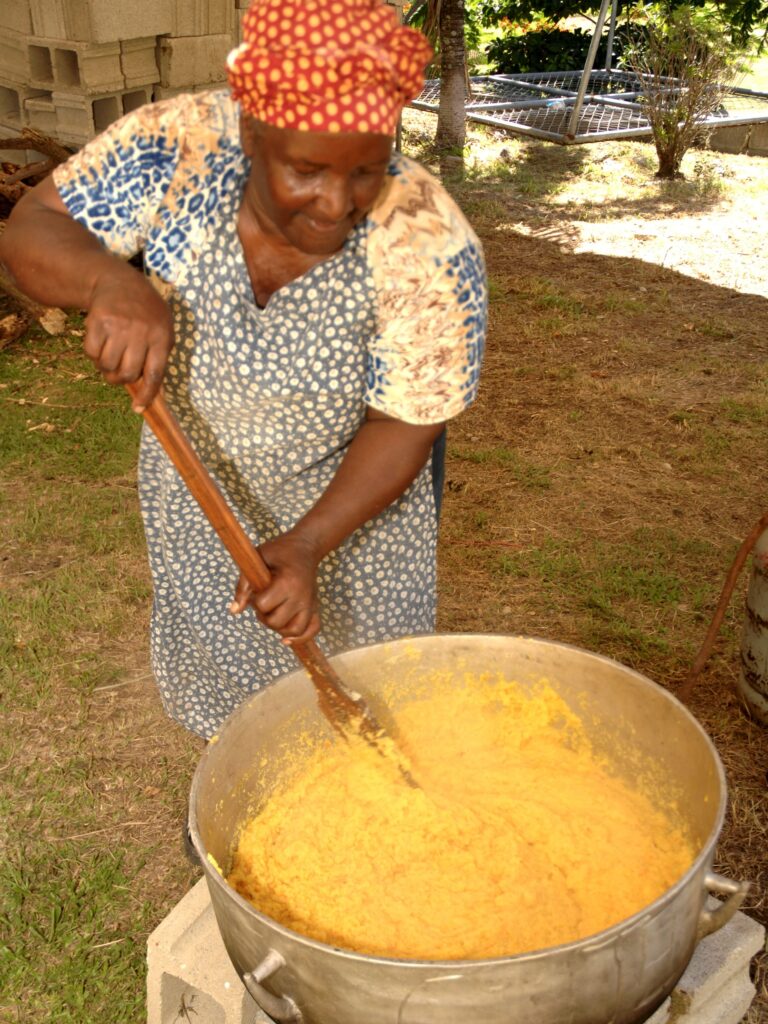
Credit: Tobago House of Assembly – Tourism Division
In Black Rock, we find an inspiring story of Danielle Stewart, owner of Frontline Flavours Restaurant. The location inspired the name situated on a busy thoroughfare in the village of Black Rock, Tobago.
There is a certain magic of creole cooking. If you are a lover of creole cuisine, you are transcended to a time of your family’s Sunday lunch or a hot breakfast before school. A testament to the imprinted memories of food and the love in the pot of every mother, grandmother, and auntie’s ‘sweet hand.’
There is a certain magic of creole cooking. If you are a lover of creole cuisine, you are transcended to a time of your family’s Sunday lunch or a hot breakfast before school. A testament to the imprinted memories of food and the love in the pot of every mother, grandmother, and auntie’s ‘sweet hand.’
Her business specialises in cooking authentic creole dishes. What sets her apart is the versatility of her cooking – transforming traditional creole dishes into gourmet and fine dining experiences for the enjoyment of all generations. For Danielle, cooking is making food without compromise of flavour or authenticity.
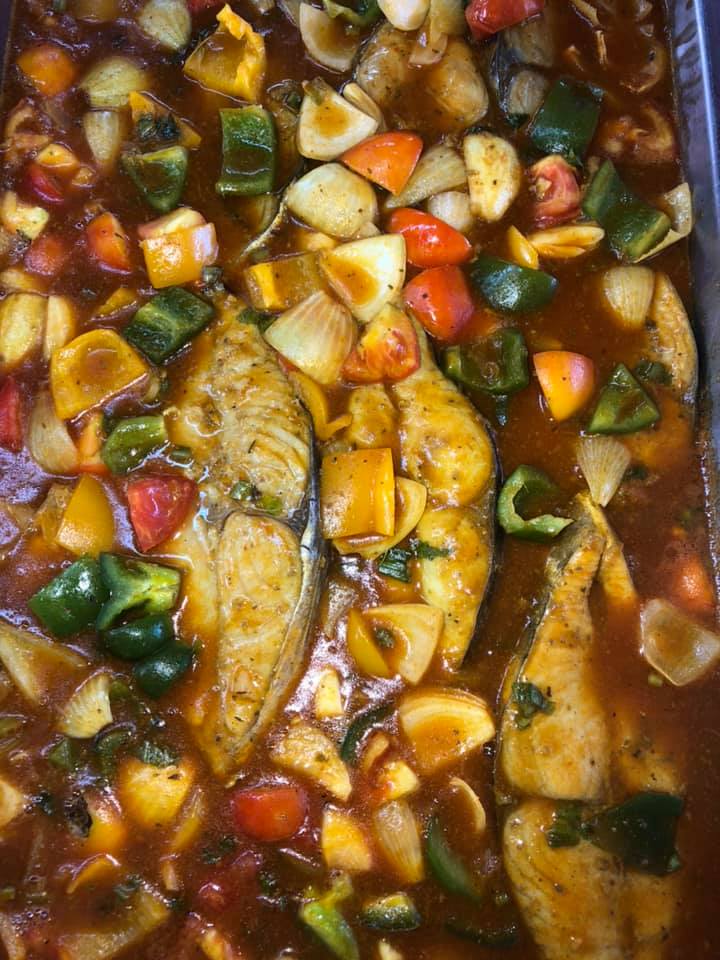
If you are creole food, our description does not compare to the actual taste.
First, if the smell of the sautéed seasonings – caramelised onions, garlic, fresh herbs, and pimentos do not stir you. Second, the tasting of the rich textures and smoothness of the stews, the sturdiness of the provisions and vegetables will touch your heart.
Danielle recalls when she was nine years old when her grandmother told her she needed to start cooking. So the first meal she made was lentil peas with pigtails and dumplings.
“Everything came out well minus the pigtail,” jokes Danielle. “The pigtail was so salty, no one could have eaten it, but nevertheless, my family encouraged me to keep trying.”
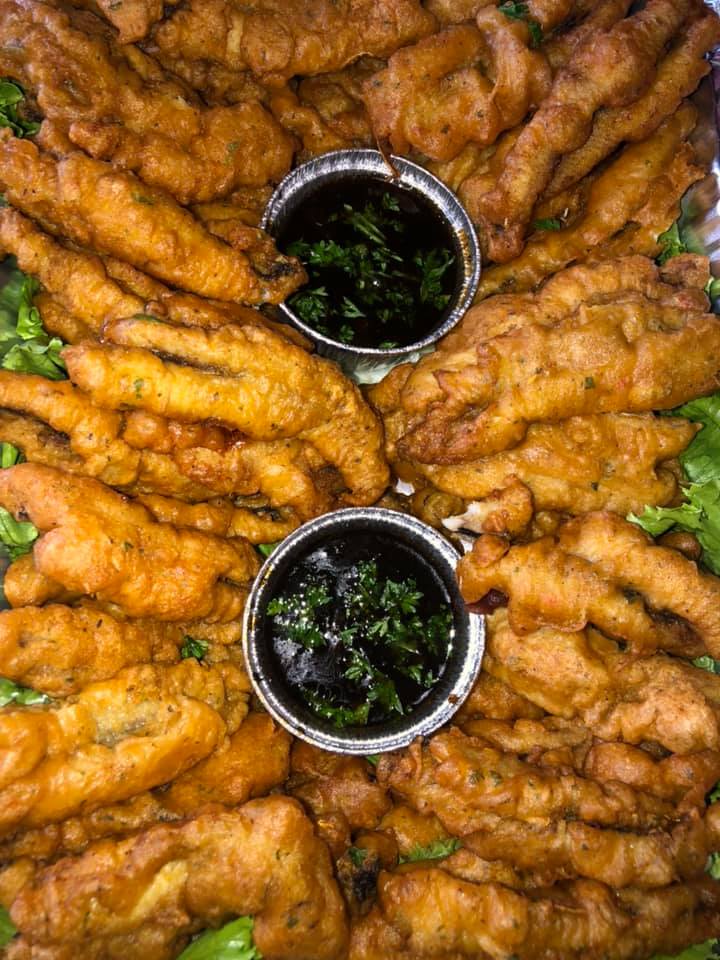
With determination, she kept trying, and it was then her passion for cooking started evolving into the chef she is today. Her objective is to master the science of cooking and apply these approaches to better her restaurant. She is now pursuing a Culinary Arts degree at the Tobago Hospitality and Training Institute (THTI).
It is here Danielle finds the joy in creating dishes that tell a story. It’s the story of the farmer toiling on the land – the market vendor who displays her provisions – our parents who taught us how to choose the right piece of dasheen and dasheen bush. It is the story of our ancestors, ourselves, our children and their children, our neighbours, friends and strangers.
Danielle believes that the most excellent chances of success are when you enjoy what you are doing. While cooking is something most of us do every day, it isn’t easy to cook for many people. It requires dexterity, sacrifice and involves long hours. However, she loves cooking, and starting her restaurant was a great way for her to sustain her family.
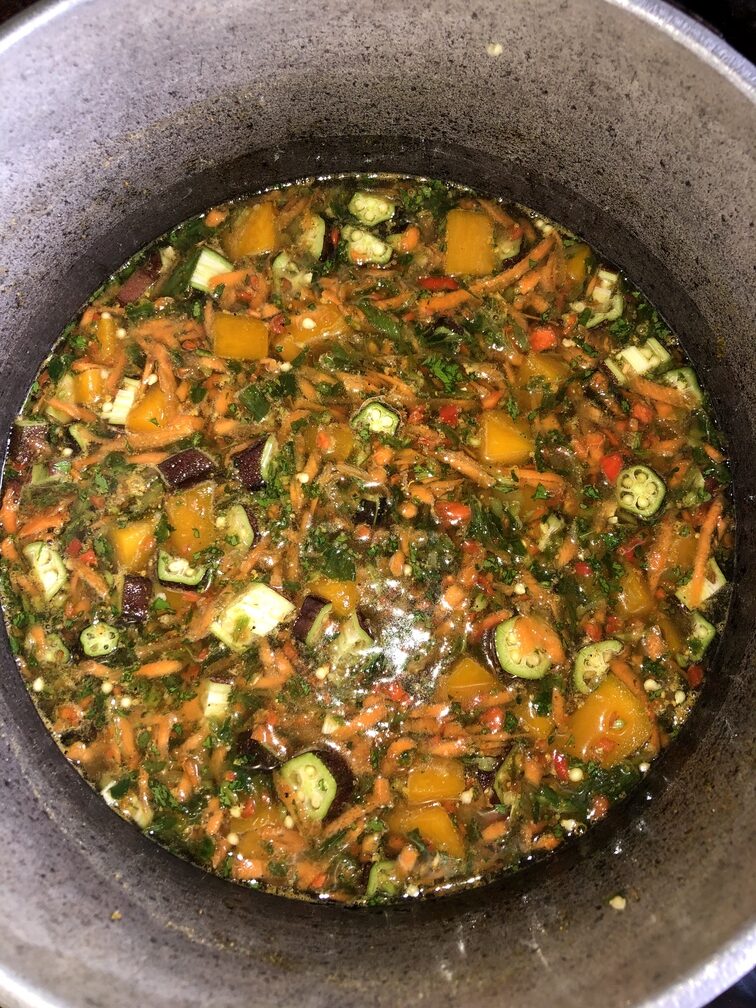
“It wasn’t something I expected because I didn’t see the relevance of some of the courses,” she says. However, during her business operation, she realised the importance of each course as they were integral to having a business in the food and beverage industry.
Danielle caters to anyone who loves traditional foods and shares a favourite cou cou recipe with you. Undeniably, it is one of the best cooking experiences you will ever have.
Danielle put her success down to dedication and sacrifice. She is inspired by her THTI Lecturers Chef Arthur Patrick and Chef Kwesi Selvon, and wants to continue making her name in the culinary world. Her most rewarding roles were her stints with THTI and working as an assistant chef with Chef Arthur Patrick at the annual Tobago Jazz Experience Festival. She prepared meals for celebrities such as NeYo, Fantasia, and Anthony Hamilton. She looks forward to another rewarding experience to showcase her talent as one of the featured chefs at the upcoming THTI Golf Classic Tournament.
Photo Credits: Frontline Flavors






